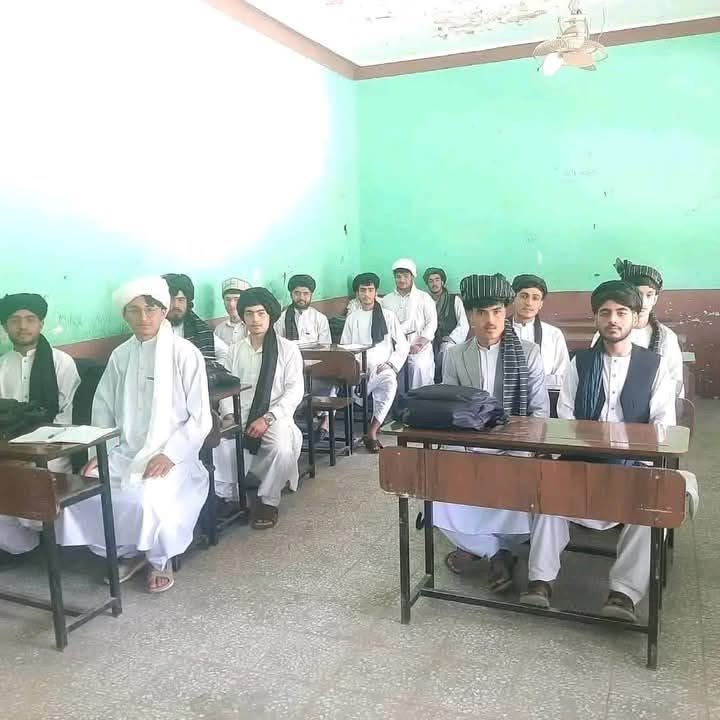RASC News Agency: Kabul: While the gates of girls’ schools across Afghanistan remain firmly shut by Taliban decree, a new educational crisis is quietly taking root this time among male students. A growing number of boys are dropping out of school in protest against the recently imposed mandatory uniforms, a policy perceived not as a matter of discipline but as an assault on identity and intellectual freedom. RASC correspondents from several provinces including Kabul, Takhar, Badakhshan, Parwan, and Balkh have reported that scores of male students have deliberately ceased attending school. These young men argue that the imposed uniforms represent a broader Taliban agenda to suppress individual expression and dismantle the nation’s already fragile educational system.
“The Taliban have turned schools into prisons. Their uniforms are designed to suffocate independent thought.” These are the words of Rahmatullah, an eleventh-grade student in Parwan Province, who spoke to RASC reporters with palpable frustration.
“I was studying to shape my future, but the Taliban want to drag us back into a shadowed past. I’ve decided I will no longer return.” Social analysts argue that the Taliban’s enforcement of bleak, spiritless uniforms is not about maintaining order or discipline it is part of a calculated strategy to alienate the youth from the formal education system and redirect them toward Taliban-controlled madrassas. These seminaries, rather than promoting modern learning, are steeped in extremism, militarization of thought, and a dangerous intolerance toward diversity and dissent.
Zaheer, a former schoolteacher in Takhar, put it succinctly:
“The Taliban fear an educated youth more than a weapon. They see knowledge as a threat. The compulsory uniform is just a facade it’s a way to expel students from public schools and draw them into Taliban-run madrassas.” Meanwhile, the Taliban-led Ministry of Education has refused to engage transparently with the growing crisis. In recent statements, it has vaguely described the mandatory uniform as part of “Islamic training,” yet conspicuously avoided addressing the public backlash or providing any statistical clarity on the number of dropouts.
Amid such policies, Afghanistan today finds itself witnessing the slow, deliberate erosion of its educational institutions. With girls denied access to education entirely and male students being subtly coerced out of schools, what the Taliban call “Islamic order” is, in reality, the systematic dismantling of civil society and the reinforcement of ideological extremism. In denying education to girls and now driving boys away through coercive tools such as mandatory uniforms, the Taliban appear determined to extinguish the final remnants of hope and possibility. These tactics are not about reform they are about replacing education with indoctrination, modernity with medievalism, and open thought with unyielding conformity.
This wave of student withdrawals is a silent, yet devastating catastrophe. It is a direct outcome of the Taliban’s repressive educational policies. Should the international community and global human rights institutions remain passive in the face of this systemic assault, Afghanistan’s next generation will be left buried beneath the weight of imposed ignorance and inherited fear.






